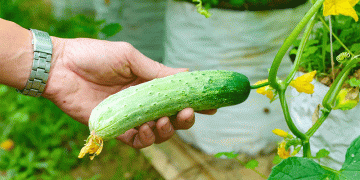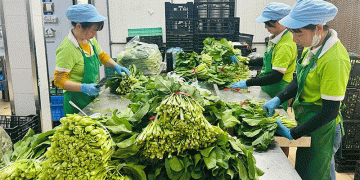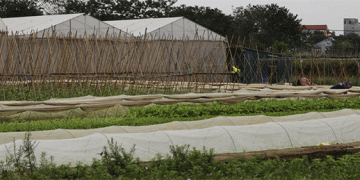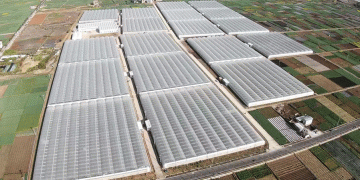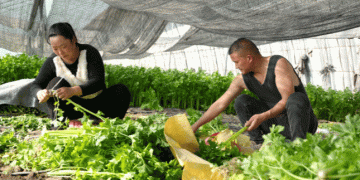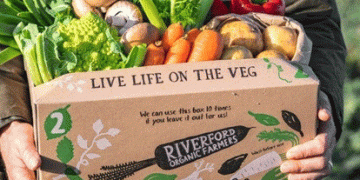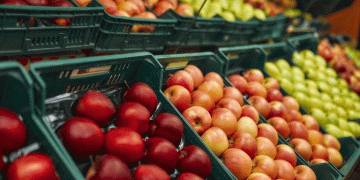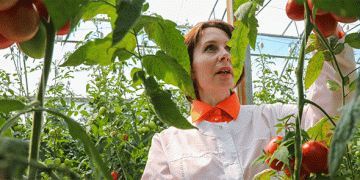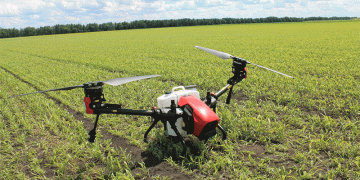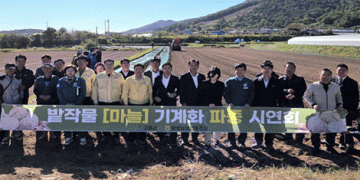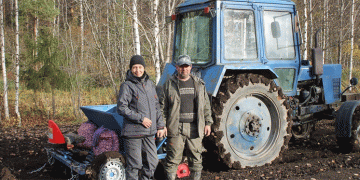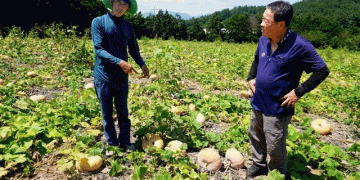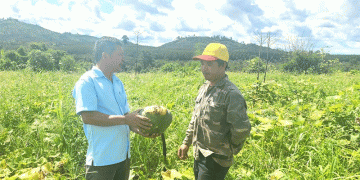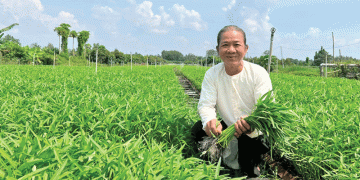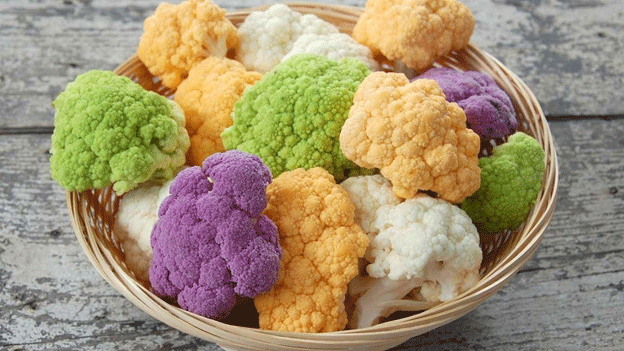Choosing the Right Cauliflower: A Matter of Timing, Taste, and Yield
Cauliflower has become a high-demand crop globally—not only for its nutritional value but also for its versatility in culinary and processing industries. But not all cauliflower is created equal. Yield potential, disease resistance, and adaptability to climate can vary significantly between varieties. Choosing the right seed based on growing season and region is a strategic decision that can significantly affect a farm’s profitability.
Let’s break down some of the top-performing varieties recommended by growers and supported by recent data.
Early Varieties: Fast, Resilient, Profitable
Early maturing varieties are ideal for short-season climates or for growers looking to harvest multiple crops per year. Among the top early types are:
- Edinburgh Cauliflower – Known for its reliability and strong early development.
- Sunny Bunny (Солнечный зайчик) – A popular choice in Eastern Europe, prized for quick maturity and bright, compact heads.
- Albert – Early maturation and resistance to common fungal diseases like downy mildew.
These varieties typically mature in 60–75 days and are especially valuable in regions where weather conditions change rapidly or where early market entry means higher prices.
Recent data from Dutch seed trials (2023) confirmed that early hybrids can yield 20–24 tons per hectare, particularly when combined with proper fertigation and integrated pest management.
Mid-Season Varieties: Balance of Quality and Resilience
Mid-season cauliflower offers excellent head formation, with improved appearance and shelf life. Leading varieties include:
- Snow White (Белоснежка)
- Snowball (Снежный шар)
- Winter White (Зимняя белая)
With maturity around 90–100 days, these cultivars are known for their dense white curds and robust resistance to clubroot and black rot. Their optimal growth occurs in moderate temperatures between 15°C and 20°C.
According to a 2022 German horticultural survey, mid-season varieties show strong adaptability to light frost, making them ideal for autumn harvests in temperate climates.
Late Varieties: Big Heads, Long Storage, Premium Markets
Late-maturing cauliflower requires patience but rewards growers with large heads and better storability. Notable varieties include:
- Pavlodar Cauliflower (Павлодарская) – A proven performer in Central Asian climates.
- French Romanesco (Французская Романеско) – Combines the aesthetics of fractal-patterned Romanesco with strong agronomic performance.
These varieties mature in 130–150 days, with heads reaching 3–4 kg under optimal conditions. Their excellent post-harvest storage life makes them suitable for export and wholesale markets.
French agricultural trials (INRAE, 2023) report that late Romanesco types have a marketable yield of up to 35 tons per hectare, especially when grown under drip irrigation and organic soil amendments.
For cauliflower growers, the choice of variety is more than a matter of preference—it’s a critical business decision. Early varieties allow for quick turnover, mid-season types offer stability, and late varieties deliver premium value with extended shelf life. By aligning seed selection with climate conditions, market goals, and soil health practices, farmers can maximize both yield and quality. As new hybrids continue to emerge, staying informed on cultivar performance is key to maintaining a competitive edge in this increasingly profitable crop.
















